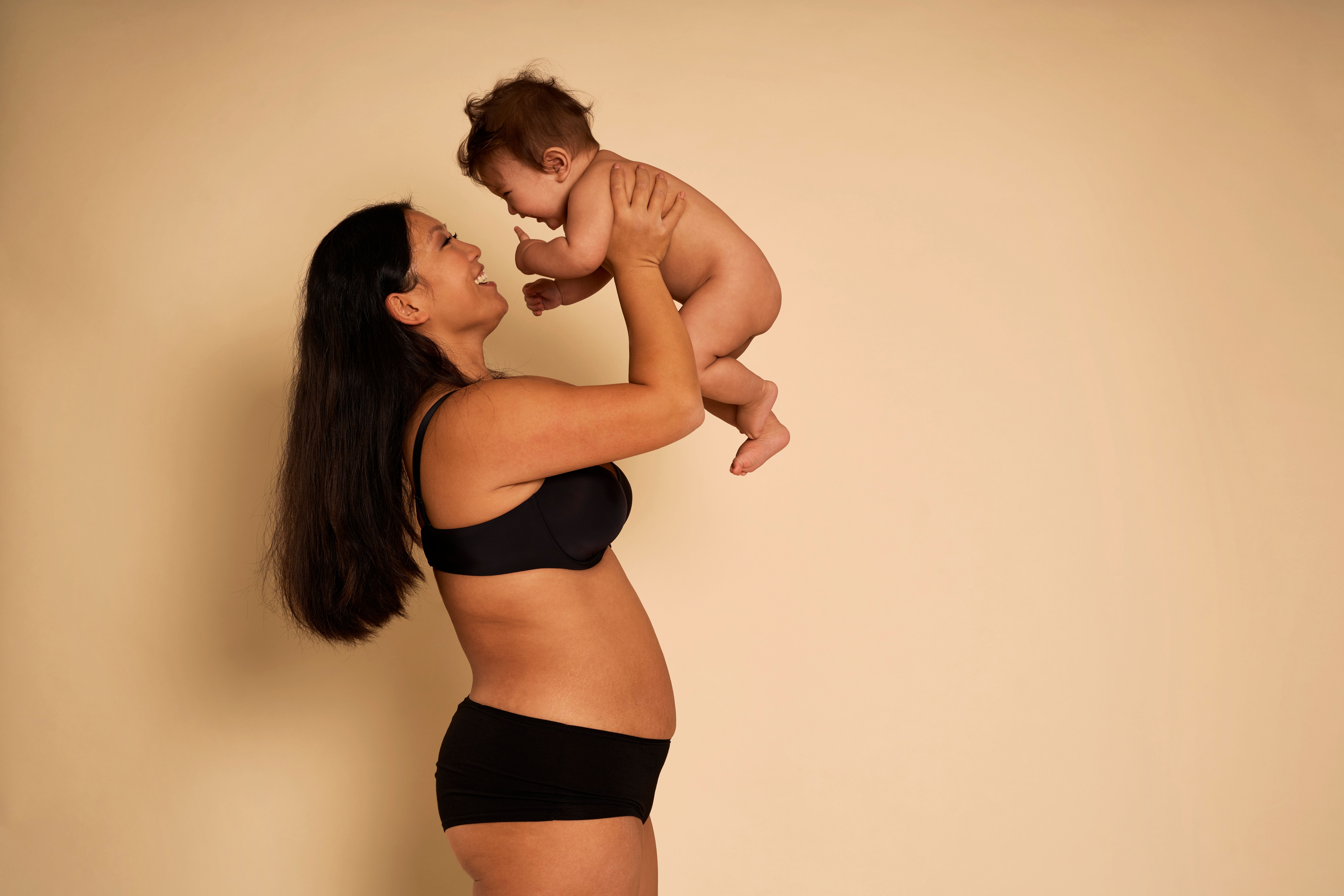Causes of Hemorrhoids
Signs & Symptoms of Hemorrhoids
Treatment for Hemorrhoids
3/11/2024
How to Deal with Postpartum Hemorrhoids
Pregnancy and childbirth are both beautiful and challenging experiences for women. Unfortunately, many women experience postpartum hemorrhoids after giving birth. This condition is not uncommon, and it can cause discomfort and pain.1

Causes of Postpartum Hemorrhoids
There are several reasons why women may develop hemorrhoids after giving birth. One of the main causes is the increased pressure on the rectal area during pregnancy. As the fetus grows, it puts more pressure on the pelvic region, which can cause the veins in the rectal area to become swollen and inflamed.2
Another contributing factor to postpartum hemorrhoids is constipation. During pregnancy, the hormone progesterone is released, which can slow down the digestive system and make it more difficult to pass stools. This can lead to constipation, which puts additional pressure on the rectal area and increases the risk of developing hemorrhoids.
Finally, childbirth itself can cause hemorrhoids. During delivery, the pushing can cause the veins in the rectal area to become even more swollen and inflamed.

Symptoms of Postpartum Hemorrhoids
The symptoms of postpartum hemorrhoids can vary from person to person. Some women may experience only mild discomfort, while others may have more severe symptoms. The most common symptoms of postpartum hemorrhoids include:
- Swelling or lumps in the rectal area
- Pain or discomfort in the rectal area
- Itching or burning around the anus
- Bleeding during bowel movements3

Lifestyle changes for Postpartum Hemorrhoid relief
- Fortunately, there are many solutions for postpartum hemorrhoids.4 The first step is to talk to your health care provider about your symptoms and develop a treatment plan that is right for you. Some ideas you can incorporate into your daily life Soaking in a warm bath or using a sitz bath: this can help to reduce swelling and relieve discomfort in the rectal area.5
- Applying ice packs: Applying ice packs to the affected area can help to reduce swelling and numb the area, providing relief from pain and discomfort.
- Increasing fiber and water intake: Eating a diet high in fiber and drinking plenty of water can help to prevent constipation, which can reduce the risk of developing hemorrhoids. Aim for at least 2-3 litres of water a day.1
- Avoiding sitting for long periods of time: Sitting for long periods of time can put pressure on the rectal area, increasing the risk of developing hemorrhoids. Try to get up and move around frequently to reduce the risk of developing hemorrhoids.
Your doctor can help you by choosing the best treatment for your situation, such as venoactive drugs or explore the option of a medical procedure to remove or reduce hemorrhoids. Only your doctor knows what’s the best for you!
REFERENCES
- National Institute of Diabetes and Digestive and Kidney Diseases. Hemorrhoids. https://www.niddk.nih.gov/health-information/digestive-diseases/hemorrhoids
- American Pregnancy Association. Hemorrhoids During Pregnancy. https://americanpregnancy.org/pregnancy-health/hemorrhoids-during-pregnancy-13882/
- Mayo Clinic. Hemorrhoids. https://www.mayoclinic.org/diseases-conditions/hemorrhoids/symptoms-causes/syc-20360268
- Harvard Health Publishing. Hemorrhoids and what to do about them. https://www.health.harvard.edu/diseases-and-conditions/hemorrhoids_and_what_to_do_about_them
- Hemorrhoids: Causes, symptoms, and treatment options. https://www.healthline.com/health/hemorrhoids
- Best and Worst foods for hemorrhoids https://www.webmd.com/digestive-disorders/best-worst-foods-hemorrhoids
2026